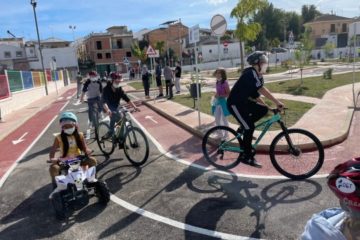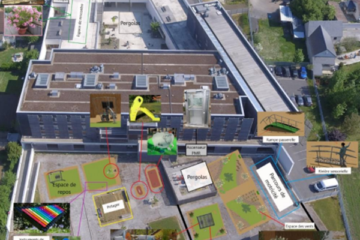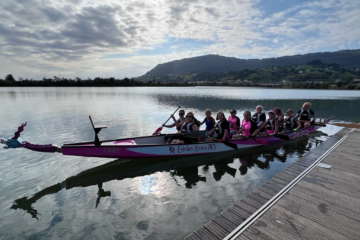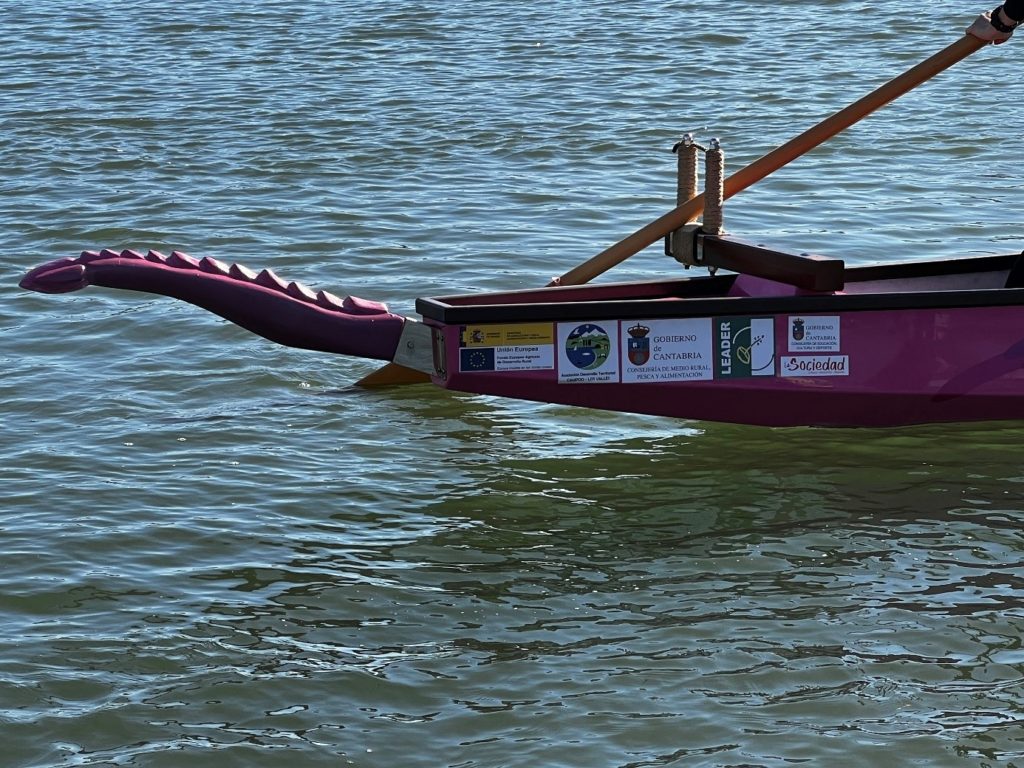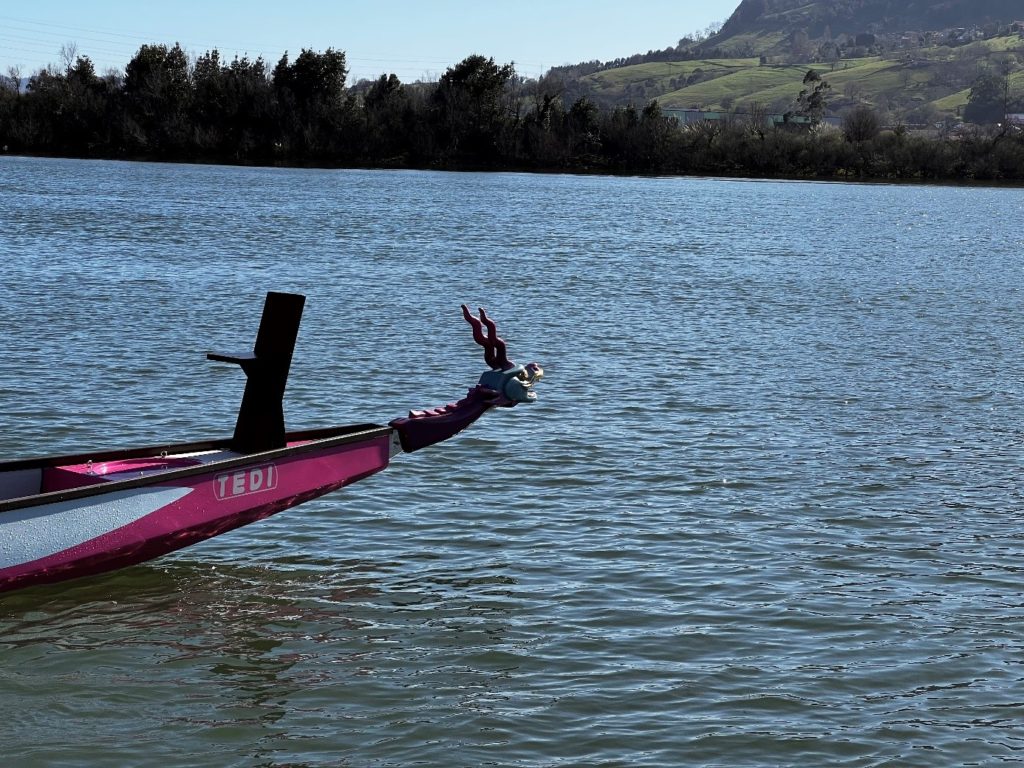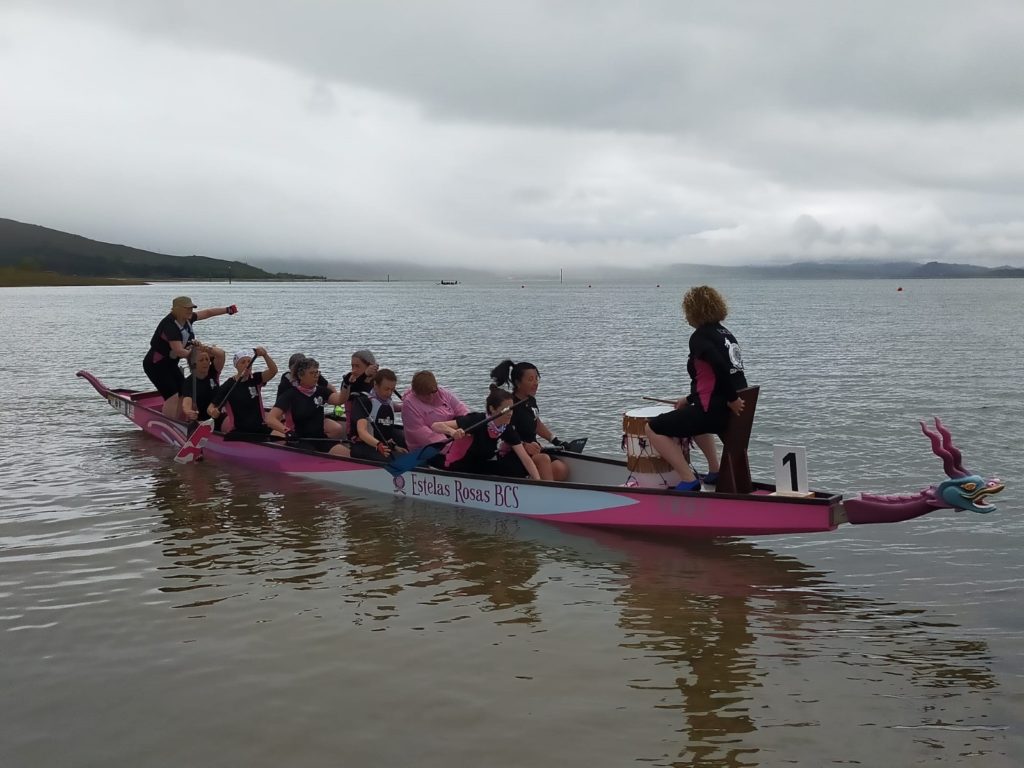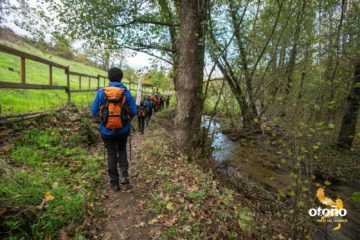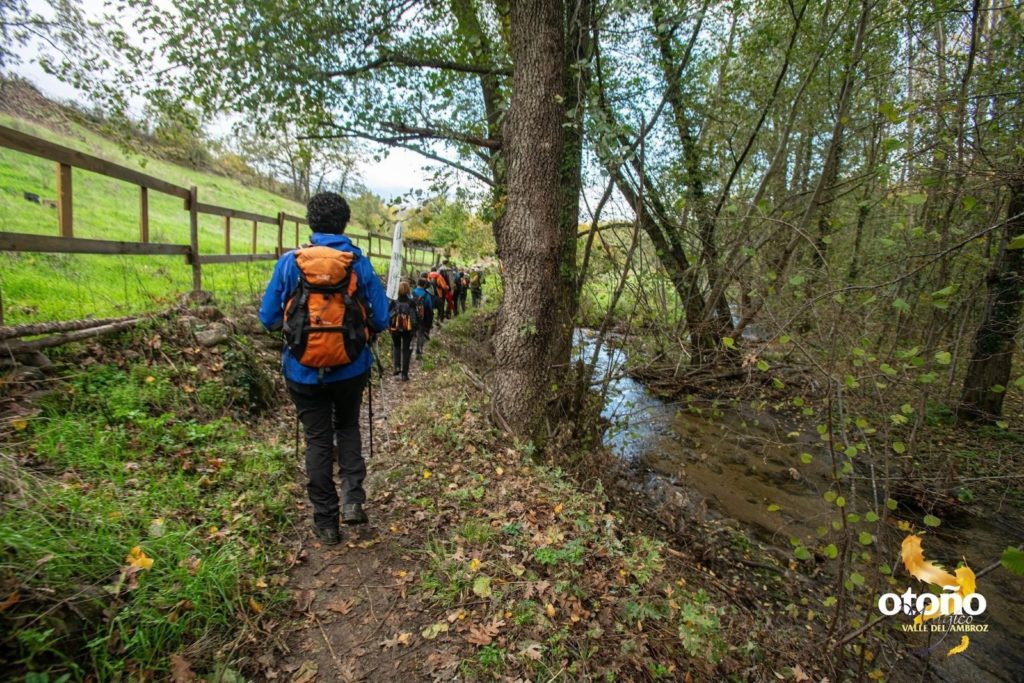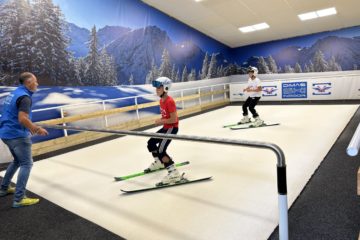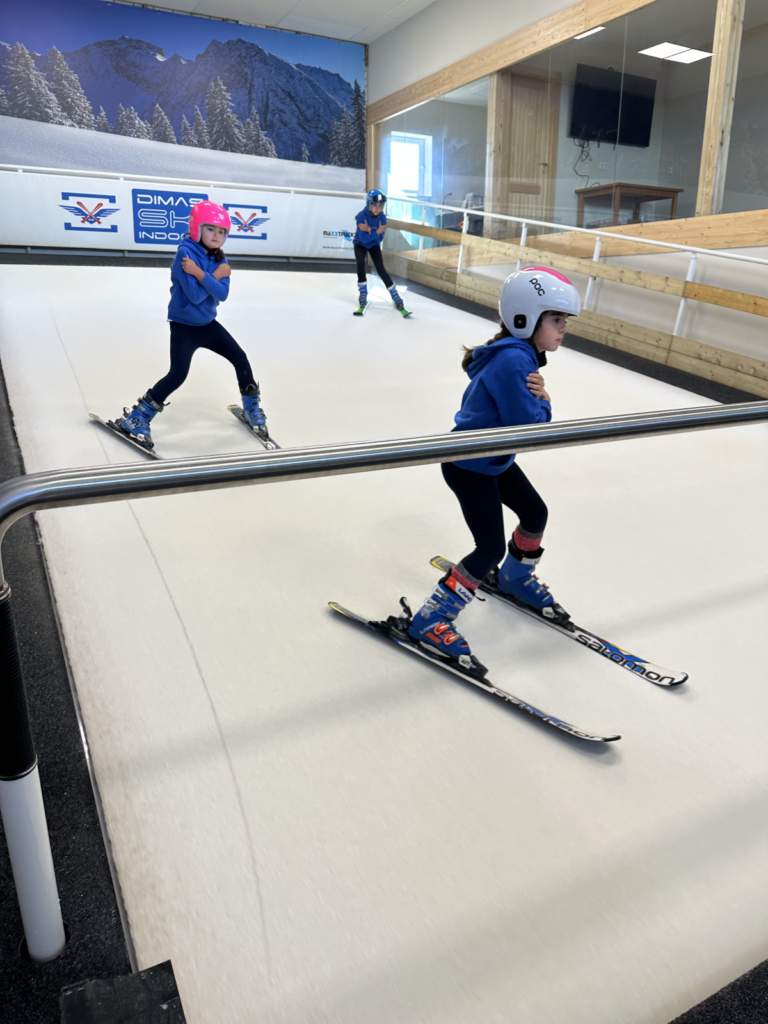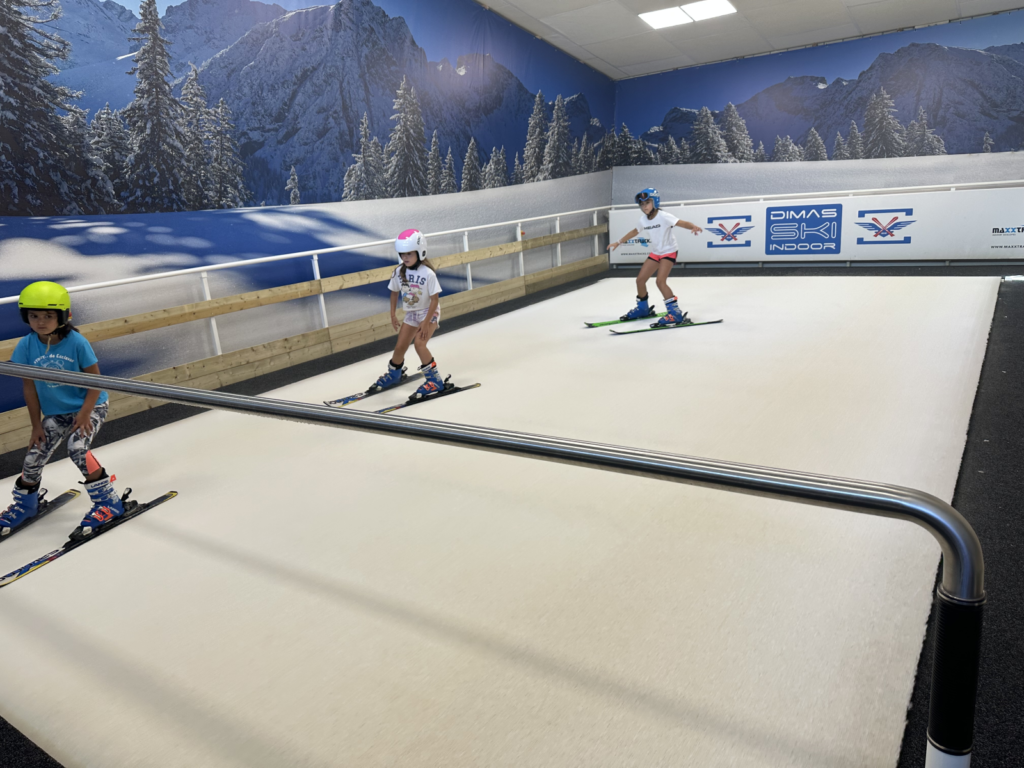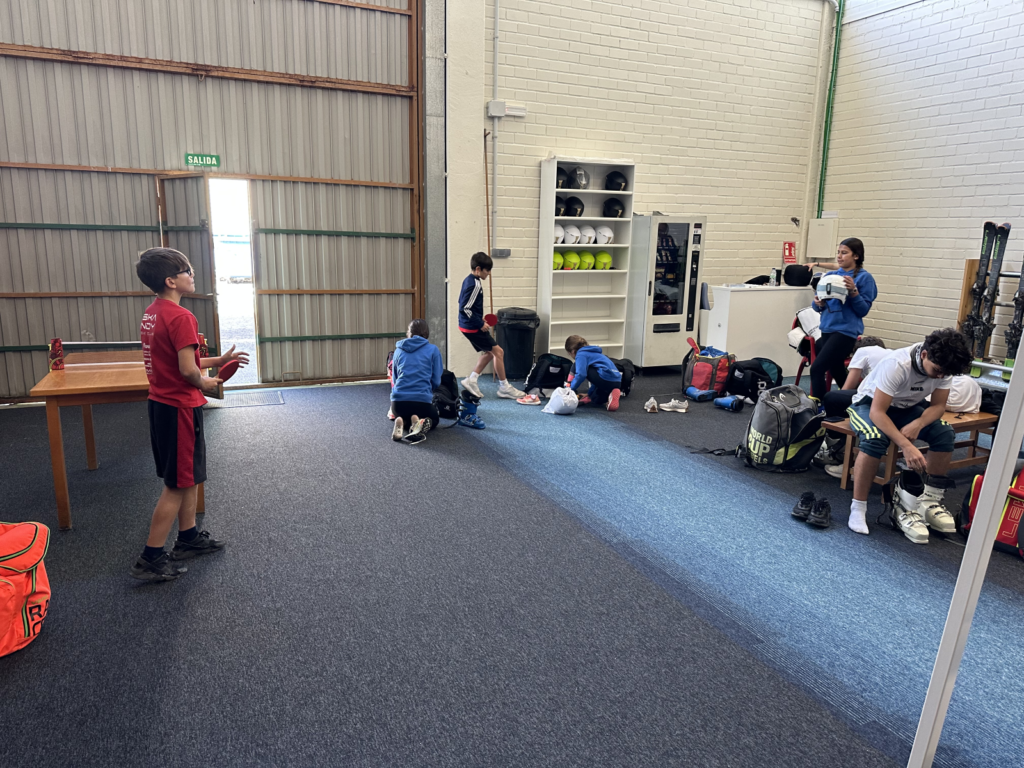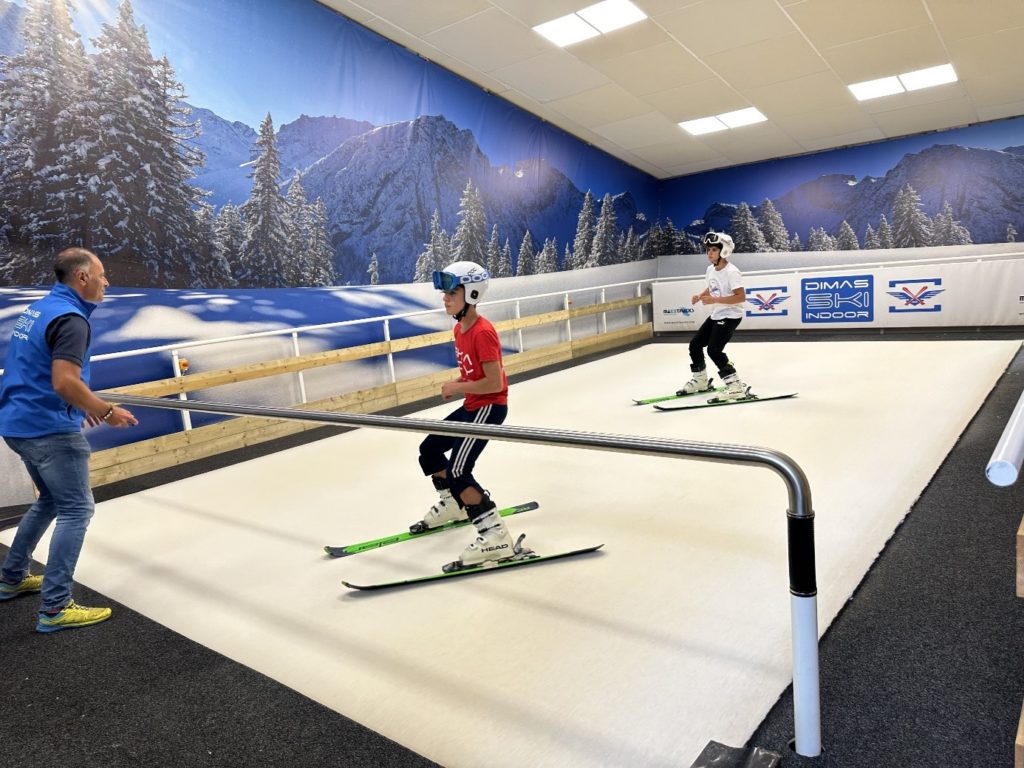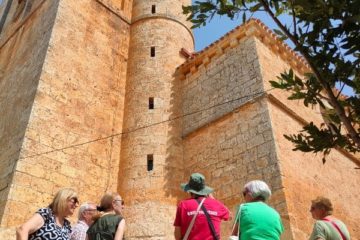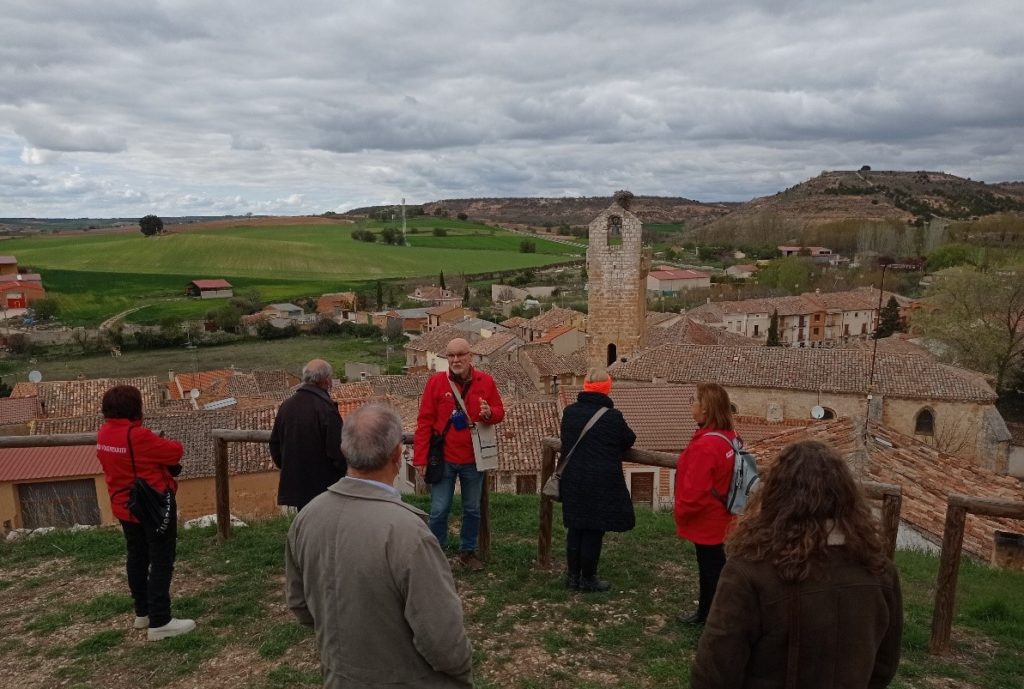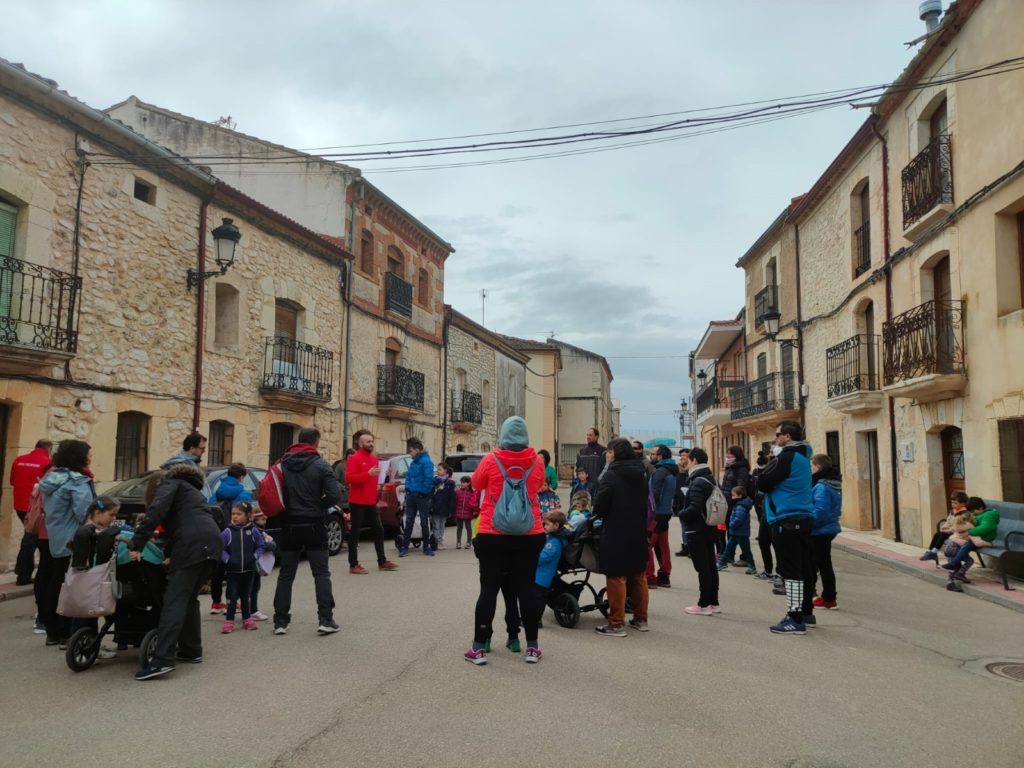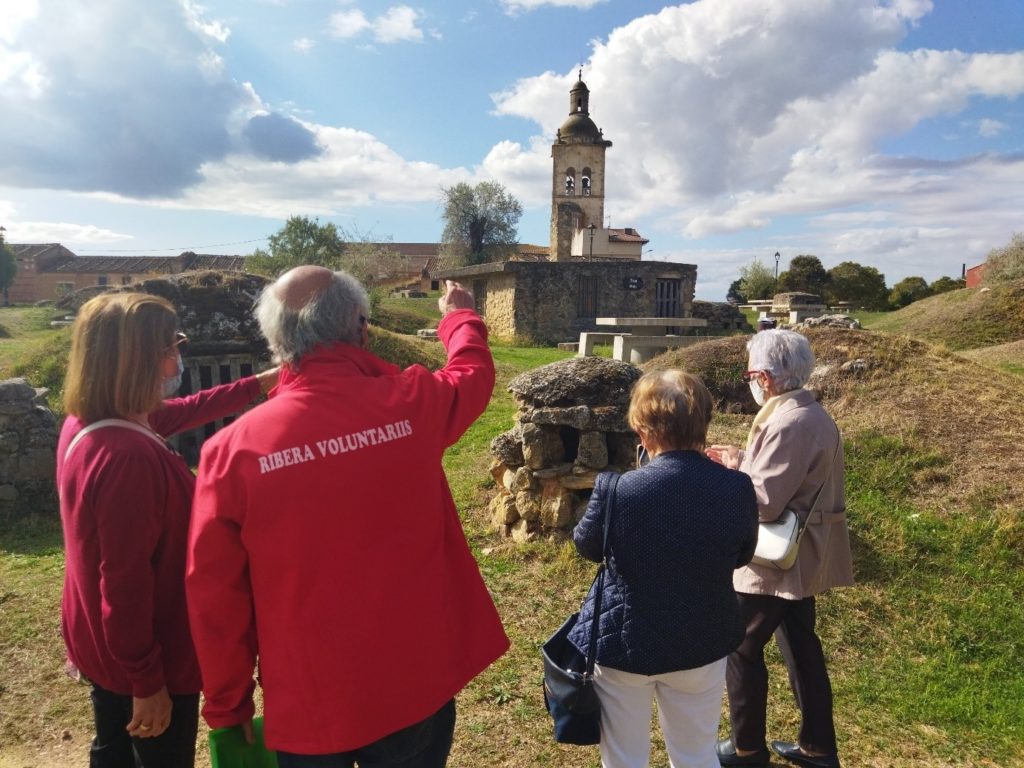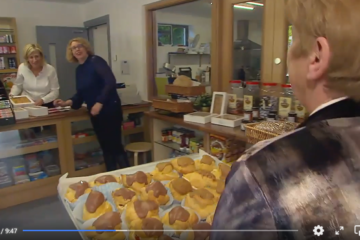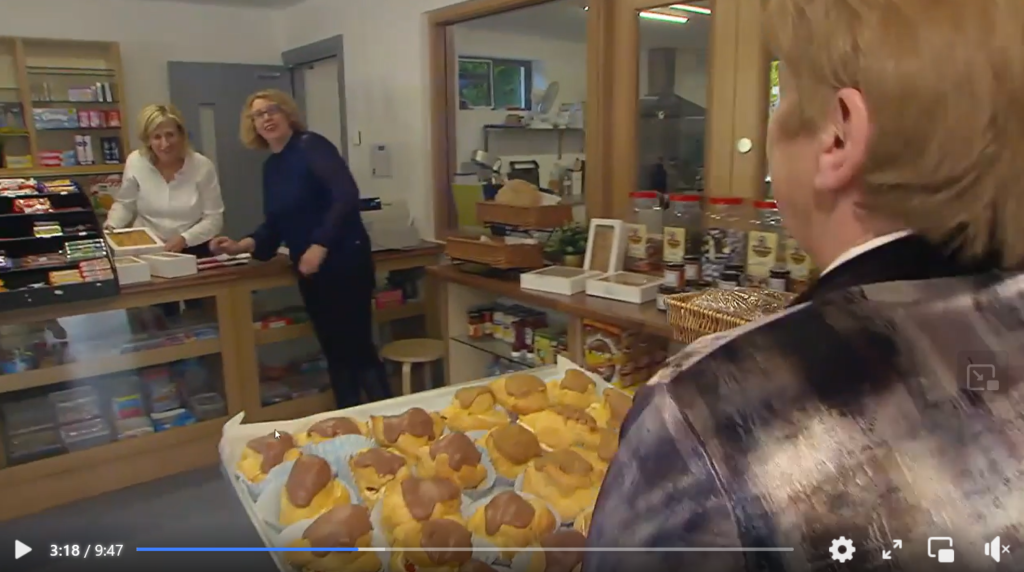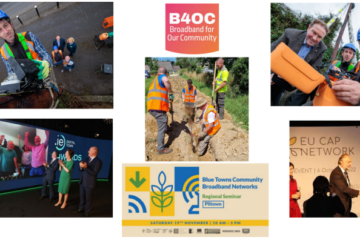Spain
Introduction
Children’s traffic park construction in the city of Priego de Córdoba aims children learn the traffic rules and acquire habits of behaviour and prudence in the use of the roads as pedestrians; Knowing the closest environment of the students in relation to traffic; Using private and collective transport properly and responsibly as travellers; Discovering the importance of road signs and understanding their meanings; Developing a sense of responsibility riding a bicycle and be aware of the dangers or risks involved on it; Knowing the rules and signs regarding the use of a bicycle; Choosing suitable places for the driving and use of the bicycle and other similar vehicles; Fostering habits of observation and being on the alert of the traffic, both as pedestrians or drivers; Creating correct circulation habits in children.
Presentation of the project
Project location: Project will be placed in the city of Priego de Córdoba, in the Andalusian Region.
Elements of context (need for action / problem): So many ways are being used, from different perspectives and institutions, to alleviate the devastating social, economic, and human effects caused by traffic accidents, although as we know, the best way to modify human behaviors is through knowledge, reasoning and applying common sense, that is, through education. And when we refer to behavior on streets and highways, we talk about road safety education.
There is a strong commitment and active participation of the Local Police of Priego de Córdoba, in educational and other initiatives related to Road Education. It means that police officers approach all sectors of the population in a constructive way, improving, with their interventions, the safety, and the coexistence in between vehicles and pedestrians in our city. This pedagogical work has been carrying out in the different schools in our city and villages, which claimed a Children’s Traffic Park.
The promoter is fully committed to the preventive and educational measures which can be put into practice in a park of these characteristics. Measures which are also responsibility of families. Road safety education is an education in values, civic and respect for others. All these elements can be structured together through a Children’s Traffic Park.
Objectives:
- Knowing the closest environment of the students in relation to traffic
- Discovering the importance of road signs and understanding their meanings
- Developing a sense of responsibility riding a bicycle and be aware of the dangers or risks involved on it..
- Knowing the rules and signs regarding the use of a bicycle.
- Choosing suitable places for the driving and use of the bicycle and other similar vehicles.
- Fostering habits of observation and being on the alert of the traffic, both as pedestrians or drivers.
Actual or expected outputs:
A children’s traffic park has been created with all the necessary infrastructures for a perfect road safety education aimed to children, that reach every single one of the planned objectives and covers the indicated needs.
The role of LEADER in the project (funding, support, networking, etc.)
Since the application form were presented by the promoter till the end of project implementation and the on-site control, the LAG staff have accompanied the promoter to ensure its successfully conclusion. 100% of the cost of the project has been subsidized (Value-added tax was not eligible). The result of the project has been publicized through the LAG’s social media and website. Consequently, the support of the LAG to the project has continued beyond its implementation.
As indicated, the project file has been selected and passed an ‘on the spot check’, by officials of the Regional Public Administration of Junta de Andalucía, approving and validating its correct and good implementation.
The project identified as « Construction of Children’s Traffic Park » is considered as an eligible operation, according to the Annex I of 2017 aid scheme, specifically in its aid line 4 « Leisure infrastructures ».
In addition to meeting the objectives indicated in the previous point, the Children’s Traffic Park functions as a space with a green area for the use and enjoyment of all citizens, being an infrastructure that allows the conciliation between work, family, and personal life, where children can play safety and, at the same time, it expands the leisure offer to the youth of the city. All these positive effects are aligned to the GDR Subbética Strategic Plan.
The municipality has been provided with an infrastructure that improves the quality of life of citizens, also being considered by the promoting entity as another tourist attraction of the town, for family and leisure tourism.
The provision of these infrastructures and services contribute to population retention, even increase, in the territory.
We consider this project as a transferable one to any other LAGs, due to its cross-cutting nature, because of the benefits of having an outdoor area where it can be worked to improve knowledge, training and road safety education and citizen participation. At the same time, helping for balancing family and working, as well as, offering healthy leisure to young people and a place for practicing sports safely. A place for teaching road safety education, starting with childhood, giving tools and knowledge to avoid traffic accidents, unfortunately, something very common that causes numerous deaths throughout the years.
Pictures
Press :


